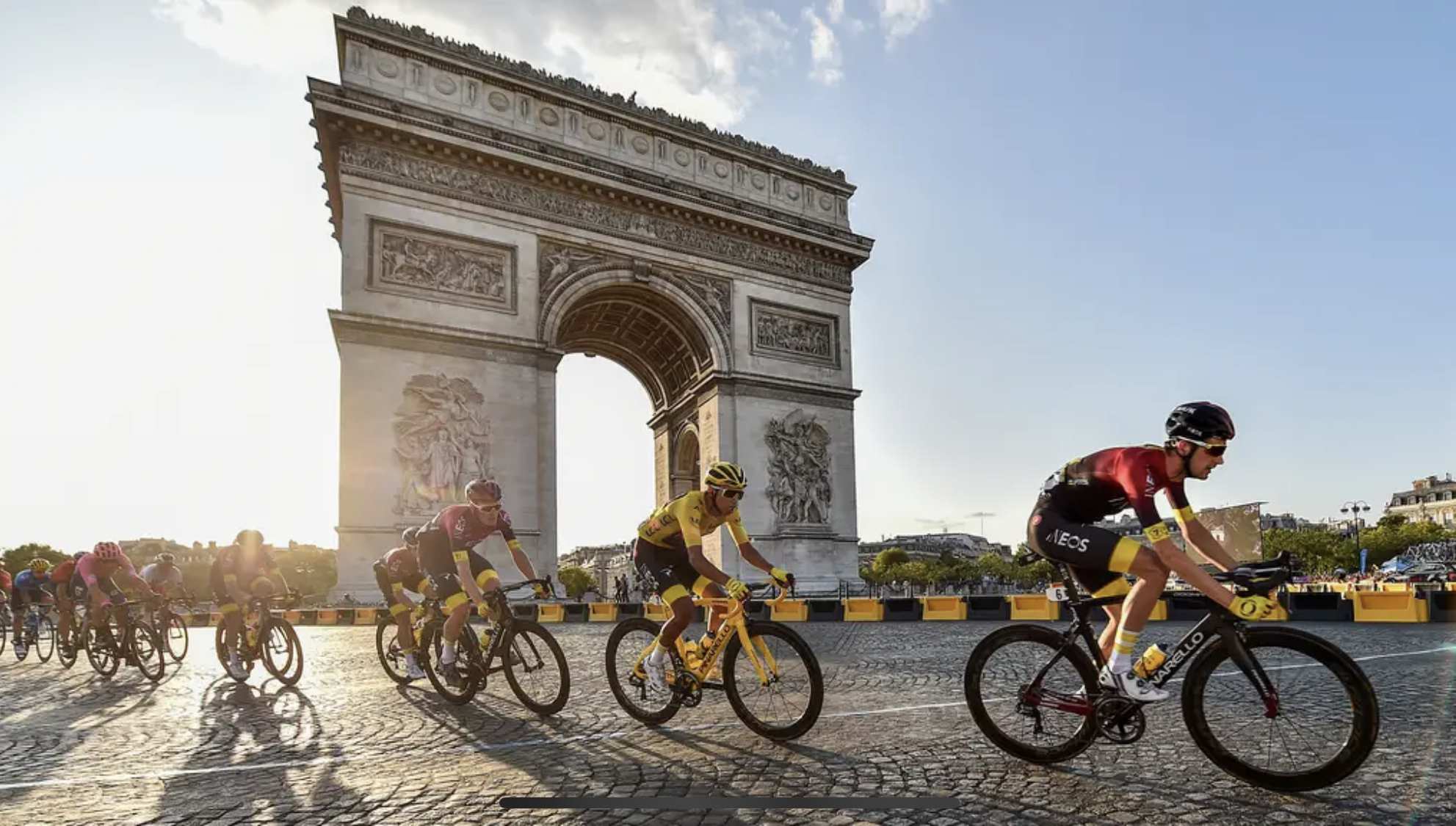
As if Euro 2020 and the upcoming Wimbledon tournament weren’t enough, there’s another major sporting event about to compete for your attention: the Tour de France.
This gruelling cycling extravaganza takes place over 23 days, with some of the world’s top athletes climbing mammoth hills and sprinting at almost unfathomable speeds.
If you’re a newbie to competitive cycling, now is the perfect time to get into it. Here’s what you need to know…
What’s the route this year?
The race always ends in Paris, with cyclists cruising along the iconic Champs-Elysees towards the finish line.
However, it starts somewhere new every year – you might remember the 2014 Tour starting in Leeds and making its way through the hills of Yorkshire. The 2021 race will be mostly contained in France and begin in Brest, Brittany. The only time riders will leave France is a brief excursion into Andorra.
How long is it?

The Tour will begin on June 26 and end on July 18. It’s known as one of the most physically gruelling competitions in the world, and this year riders will cover nearly 3,500km.
Each day is known as a ‘stage’ – there are 21 stages in total, with riders only getting two rest days over the whole race.
Who’s competing?
A total of 184 cyclists will compete across 23 teams. FYI: the teams don’t have the catchiest names – they’re sponsored by big companies including ‘Ineos Grenadiers’ and ‘Movistar Team’.
Tadej Pogacar was the shock winner in 2020 with UAE Team Emirates – it was his first time riding in the Tour – and he’ll be back to defend the title.
Primoz Roglic came a very close second in 2020, so will definitely be one to watch as he tries his luck again. Other big names to keep an eye on are Geraint Thomas (leading the Ineos Grenadiers team) and Richie Porte – the exciting Australian rider who came third in 2020.
Chris Froome will be returning to the competition for the first time since his 2019 crash – pundits aren’t entirely convinced he will take home the win for the fifth time, but it will still be exciting to see how he performs.
What do the different coloured jerseys mean?
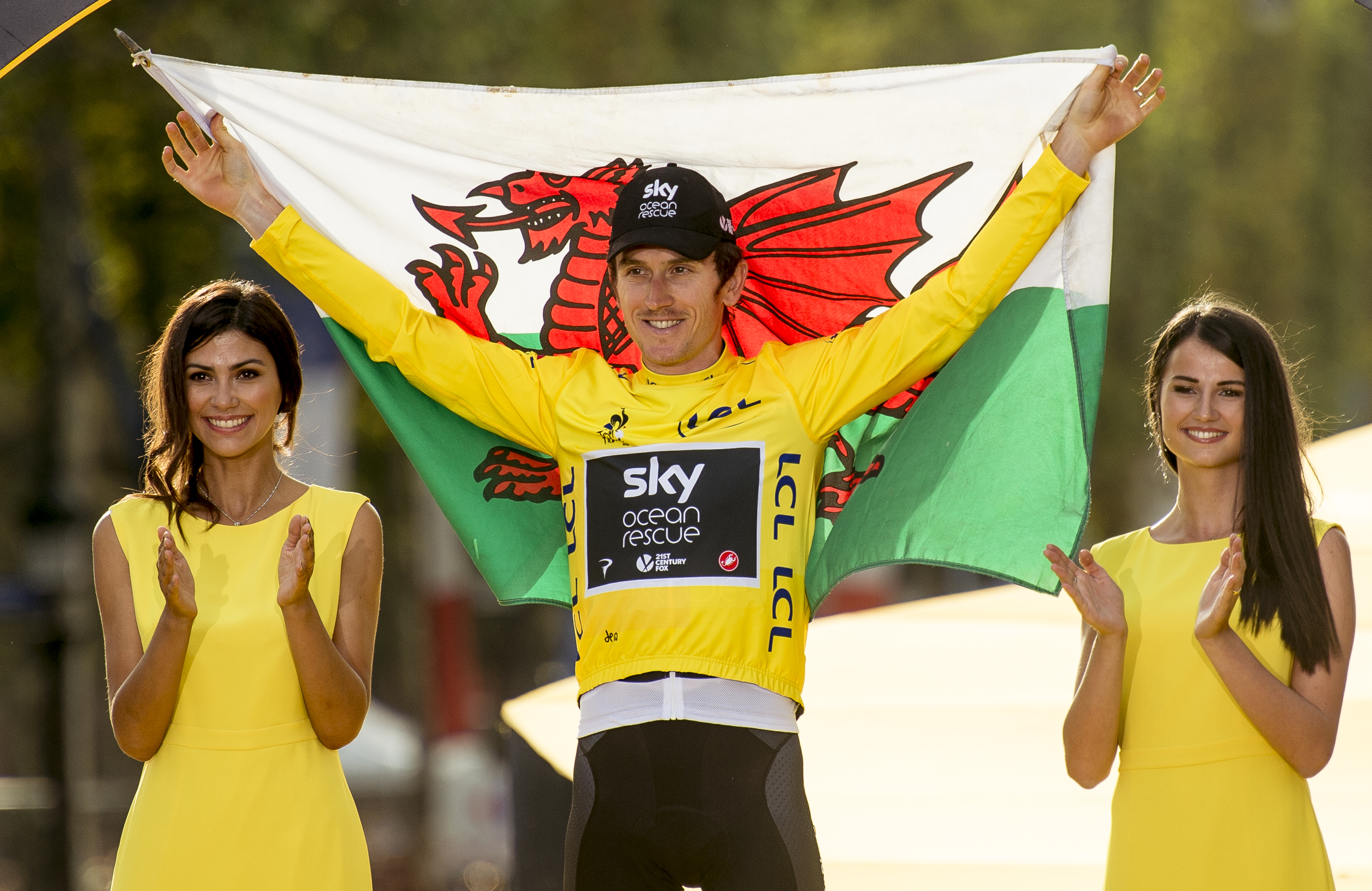
Riders wear their team tops, but at the end of each stage certain high performers are awarded a coloured jersey.
The yellow jersey is given to the race’s overall leader (the rider who has completed the stage the quickest), green is for the top sprinter, white is for the best young rider (25 years and under), and the red and white polka dot is for the ‘King of the Mountain’ – the rider who reaches the summit of a hill first.
Although one individual rider wins the Tour de France – the athlete who takes home the yellow jersey – it’s the culmination of a team effort, and his teammates help him get to the finish line.
What’s some of the key lingo to learn?
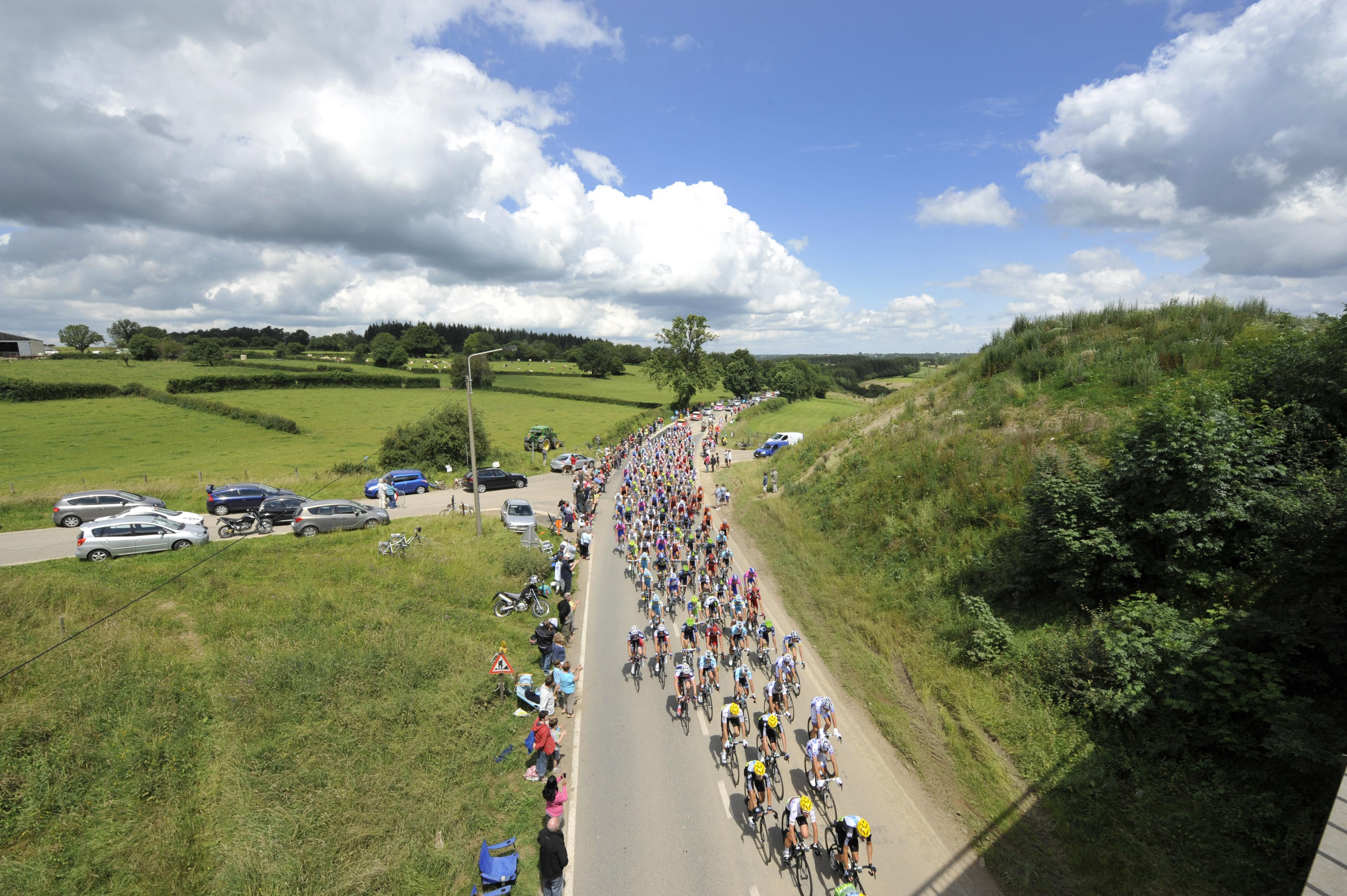
Peloton: No, this isn’t a fancy at-home spin bike. Instead, this is a large group of riders all bunched together – it’s a way of conserving energy (more on that later).
Breakaway: This is an individual or group of riders who have pulled away from the peloton and raced on ahead. As you can probably imagine, this takes a huge amount of energy so will be strategically planned during the day’s ride.
Slipstream: If you’re riding close behind another cyclist, you’re in their ‘slipstream’ – this makes things easier for you, as you’re pedalling through less air resistance. This is why riders go in a peloton – so only the athletes at the front have to fight air resistance.
Domestiques: These are the support riders in a team – they help the number one cyclist get to the front of the pack.
Time trials: There are two individual time trial days in this year’s Tour. This is basically a solo sprint against the clock – there’s no strategy or peloton, just riders trying to go as fast as they can. This gets added to your overall time, so the fewer minutes you complete it in, the better off you’ll be.

 World's Tallest And Shortest Women Meet For First Time To Celebrate Guinness World Records Day 2024
World's Tallest And Shortest Women Meet For First Time To Celebrate Guinness World Records Day 2024
 Shannen Doherty: Beverly Hills, 90210 Star Dies Aged 53
Shannen Doherty: Beverly Hills, 90210 Star Dies Aged 53
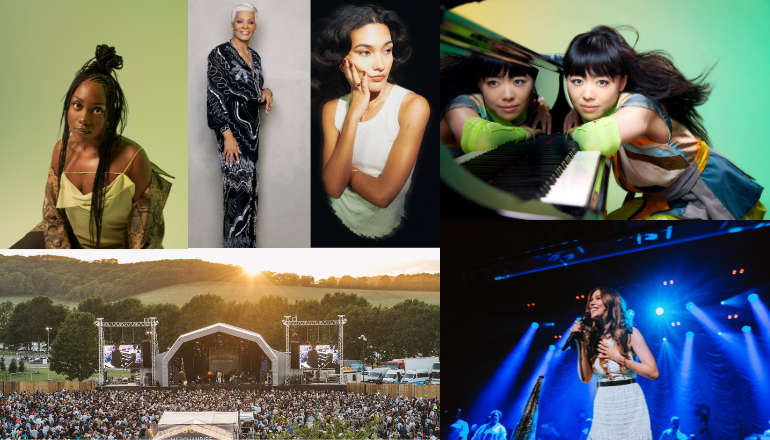 Olivia Dean, Chaka Khan, Terence Trent D’Arby And Dionne Warwick Confirmed For Star-Studded Love Supreme
Olivia Dean, Chaka Khan, Terence Trent D’Arby And Dionne Warwick Confirmed For Star-Studded Love Supreme
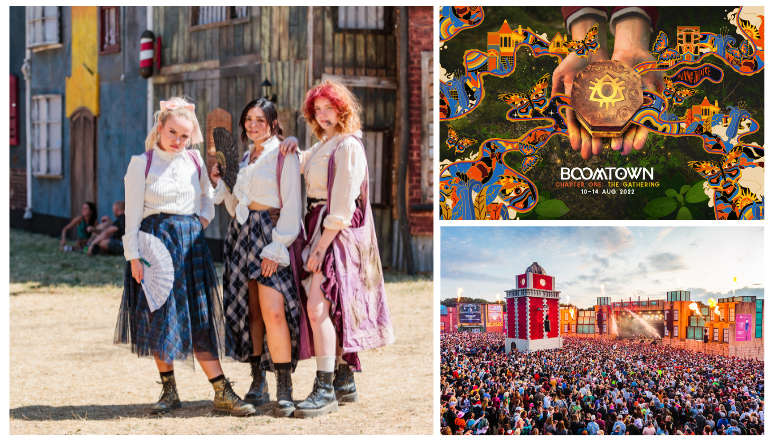 Boom Shakes The Room — Explosion of Colour And Happy Vibes At Spellbinding Gathering
Boom Shakes The Room — Explosion of Colour And Happy Vibes At Spellbinding Gathering
 Struggling To Sleep? New Research Names The Movies That Will Help
Struggling To Sleep? New Research Names The Movies That Will Help
Comments
Add a comment